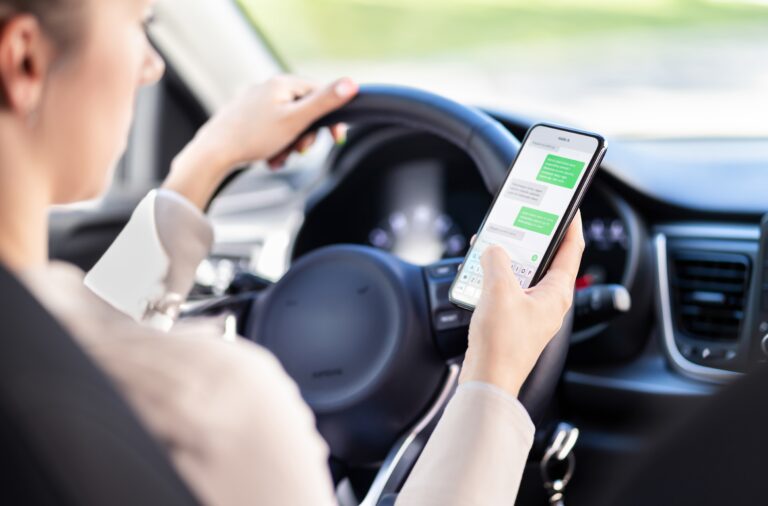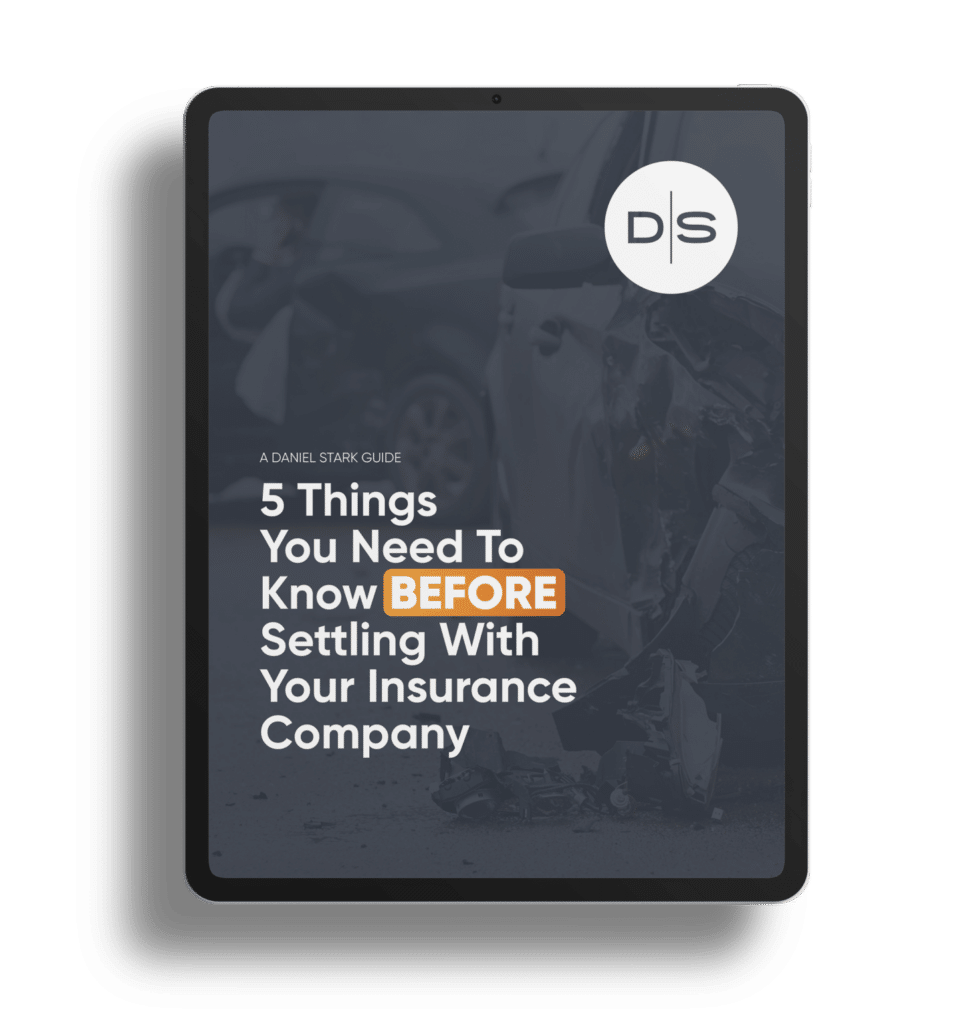Did you know that nearly 66% of Americans experience driving anxiety on the road?
Whether you’re a new driver or have years of experience on the road, driving anxiety is a common challenge for many Americans.
It goes beyond simple nervousness and can become a substantial hurdle that limits people’s ability to live freely.
If you’re someone who experiences driving anxiety, here are some insights and strategies to help you overcome your fear and regain confidence behind the wheel.
What is driving anxiety?
Driving anxiety refers to the experience of feeling anxious or fearful when driving, preparing to drive, or even thinking about driving. It is a common phenomenon that affects many individuals, particularly in countries where car accidents are a leading cause of death, such as the United States.
The act of driving can be overwhelming and complex, and the fear of making a mistake that could result in harm to oneself or others is a significant source of anxiety for many drivers. Additionally, the financial implications of being involved in a traffic accident can add an extra layer of worry and stress.
To effectively manage driving anxiety, it is important to understand its underlying causes and implement strategies to alleviate the symptoms.
What are common symptoms of driving anxiety?
Driving anxiety can manifest in various symptoms, and each person may experience it differently. Here are some common symptoms associated with driving anxiety:
- Anxious thoughts: Individuals with driving anxiety may experience racing or intrusive thoughts related to driving, such as anticipating crashes or getting lost.
- Panic attacks: Some people may experience panic attacks while driving, characterized by sudden and intense feelings of fear, shortness of breath, chest tightness, rapid heartbeat, and a sense of impending doom.
- Physical symptoms: Physical manifestations of driving anxiety can include sweating, trembling, dizziness, nausea, and muscle tension.
- Avoidance behaviors: Those with driving anxiety may actively avoid driving or situations that trigger anxiety, such as highways or busy streets. This can restrict their daily activities and lead to feelings of frustration or isolation.
- Cognitive impairments: Driving anxiety can also affect concentration and decision-making abilities while behind the wheel, leading to reduced focus and increased vulnerability on the road.
- Sleep disturbances: Driving anxiety can disrupt sleep patterns, causing difficulty falling asleep or staying asleep due to worries or anticipatory anxiety about driving.
If driving anxiety significantly impacts your daily life or if you are experiencing severe or persistent symptoms, we recommend seeking professional help from a therapist or healthcare provider as soon as possible.
What are the effects of traumatic driving experiences?
Traumatic driving experiences can have a significant impact on the development of driving anxiety. More than 3 in 5 Americans have experienced a traumatic driving incident in their lifetime, and in cases where individuals have been involved in a motor vehicle collision, about 25-33% may develop symptoms of post-traumatic stress disorder (PTSD) within a month of the accident.
Additionally, individuals with a prior history of general anxiety or those with a family history of anxiety disorders may be more susceptible to developing anxiety behind the wheel.
Experiencing a traumatic driving event can lead to various consequences, including chronic pain, extreme distress, and limitations in daily life activities. Those who develop PTSD as a result of a car accident often require treatment that involves confronting their fears and gradually re-engaging in driving activities.
What are the most anxiety-inducing driving maneuvers?
Several driving maneuvers have been identified as the most anxiety-inducing for Americans, such as:
- Merging onto the highway: Merging is reported as the most anxiety-inducing maneuver among U.S. drivers. The process of merging onto a highway requires quick decision-making and can be challenging due to the high speed and volume of traffic. Freeway merges can increase the likelihood of driving errors.
- Backing up or reversing: Reversing out of parking spaces involves dealing with blind spots, limited visibility of oncoming traffic, and potential hazards. Poor reversing techniques have been associated with pedestrian collisions in parking lots.
- Making unprotected left turns: Turning left at intersections without the aid of traffic signals or dedicated turning lanes requires careful judgment and timing, as well as navigating oncoming traffic.
- Completing U-turns: U-turns can be challenging, especially in busy areas or unfamiliar locations. Drivers need to assess traffic conditions, find an appropriate gap to make the turn, and execute it safely.
- Passing other vehicles and switching lanes: Changing lanes and passing other vehicles on the road require proper judgment, awareness of blind spots, and anticipation of other drivers’ actions. These maneuvers can cause anxiety, particularly in situations where there is heavy traffic or fast-moving vehicles.
Understanding which driving maneuvers cause anxiety can help you focus on developing strategies to manage your fear. This can include practicing specific driving techniques and gradually exposing yourself to challenging driving situations.
What are some strategies to help overcome driving anxiety?
If you experience driving anxiety, here are eight strategies you can try to alleviate your nerves on the road:
- Understand your triggers: Reflect on your personal experiences or even media portrayals that may have caused your driving anxiety. Some people may develop driving anxiety due to specific triggers, such as driving at high speeds or in heavy traffic. Identifying these triggers can help you develop targeted coping mechanisms.
- Refresh your skills: If you lack confidence in your driving skills, consider refreshing your knowledge and practice the maneuvers that cause stress. Find a quiet location to practice parallel parking or turning in tight spaces. Additional training from an approved driving instructor can also boost your skills and confidence.
- Reframe your thoughts: Negative thoughts and intrusive thinking can worsen driving anxiety. Challenge these thoughts by focusing on past successful experiences and reminding yourself of your abilities.
- Prepare yourself and your vehicle: Before heading out on a drive, make sure your car is properly maintained and comfortable. Clear any clutter from the floor, ensure your seat and seat belt are secure, and eliminate distracting noises. Plan your route carefully, opting for familiar roads to avoid busy times or bad weather conditions.
- Stay focused and reduce distractions: Concentrate on your driving and avoid distractions such as mobile phones. Reduce your mental workload by driving at a comfortable speed that allows you to process information effectively.
- Drive outside your comfort zone: Gradually expand your driving boundaries by venturing into unfamiliar areas. Start with short drives in less stressful situations and gradually increase difficulty as you build confidence.
- Seek support: Consider driving with a trusted friend or family member who can provide reassurance and help manage anxiety. Additionally, don’t hesitate to seek professional help from a therapist or counselor experienced in anxiety disorders.
- Be patient and kind to yourself: Overcoming driving anxiety takes time and practice. Celebrate small victories and be patient with your progress.
Why do you need a personal injury attorney by your side?
Overcoming driving anxiety is crucial for your safety and the safety of others on the road. By implementing these strategies, you can work towards a more relaxed driving experience.
Don’t forget to protect yourself and your vehicle with a car insurance policy. Auto insurance will provide financial security in case you are involved in a crash.
If you face any difficulties while filing a claim after a crash that wasn’t your fault, a qualified Austin car accident attorney can help you navigate the process and get your life back to normal.










